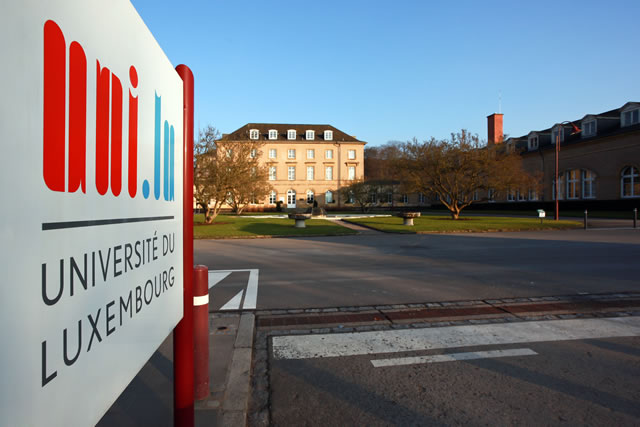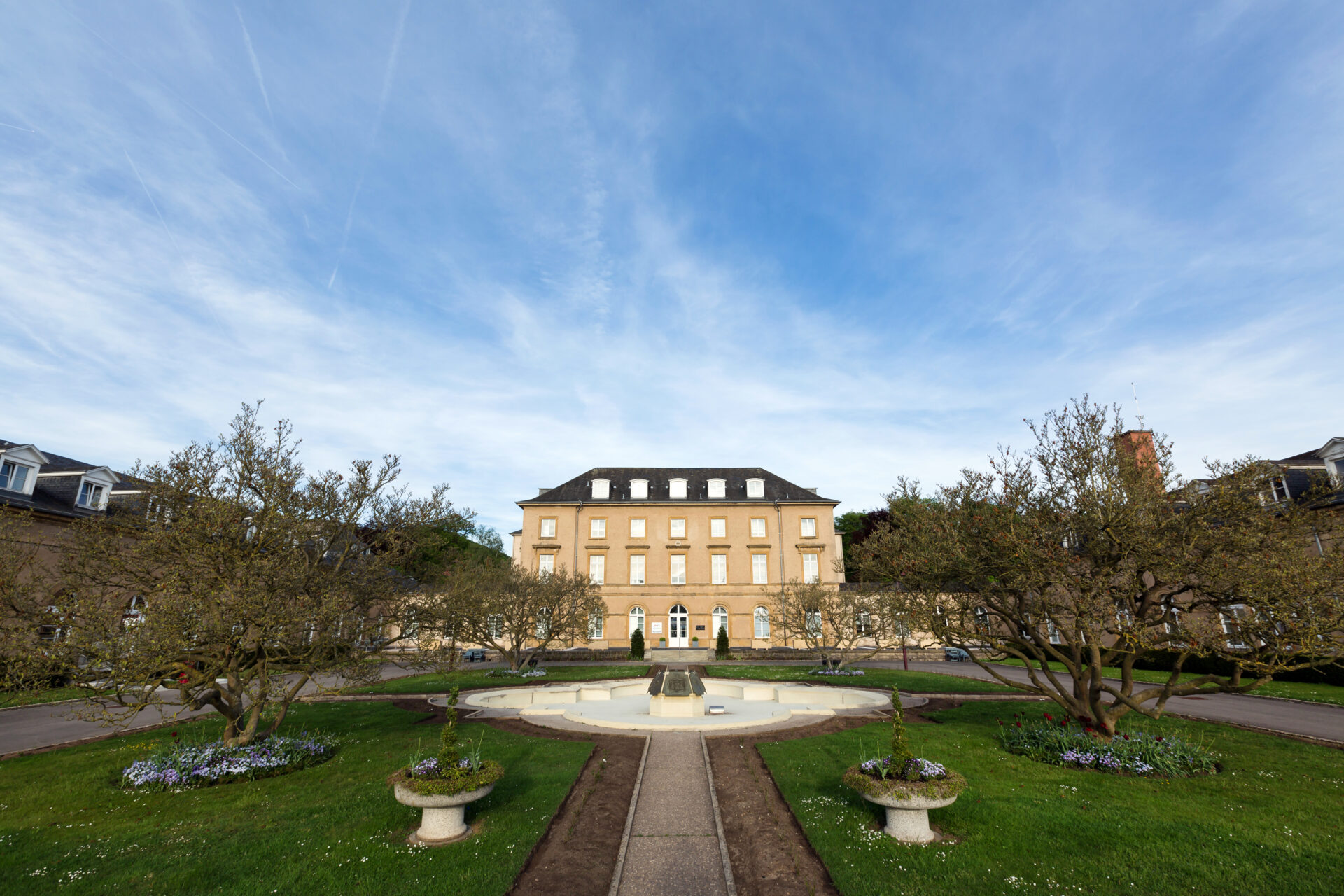Tourist attractions
Sites à visiter
Visit Guttland
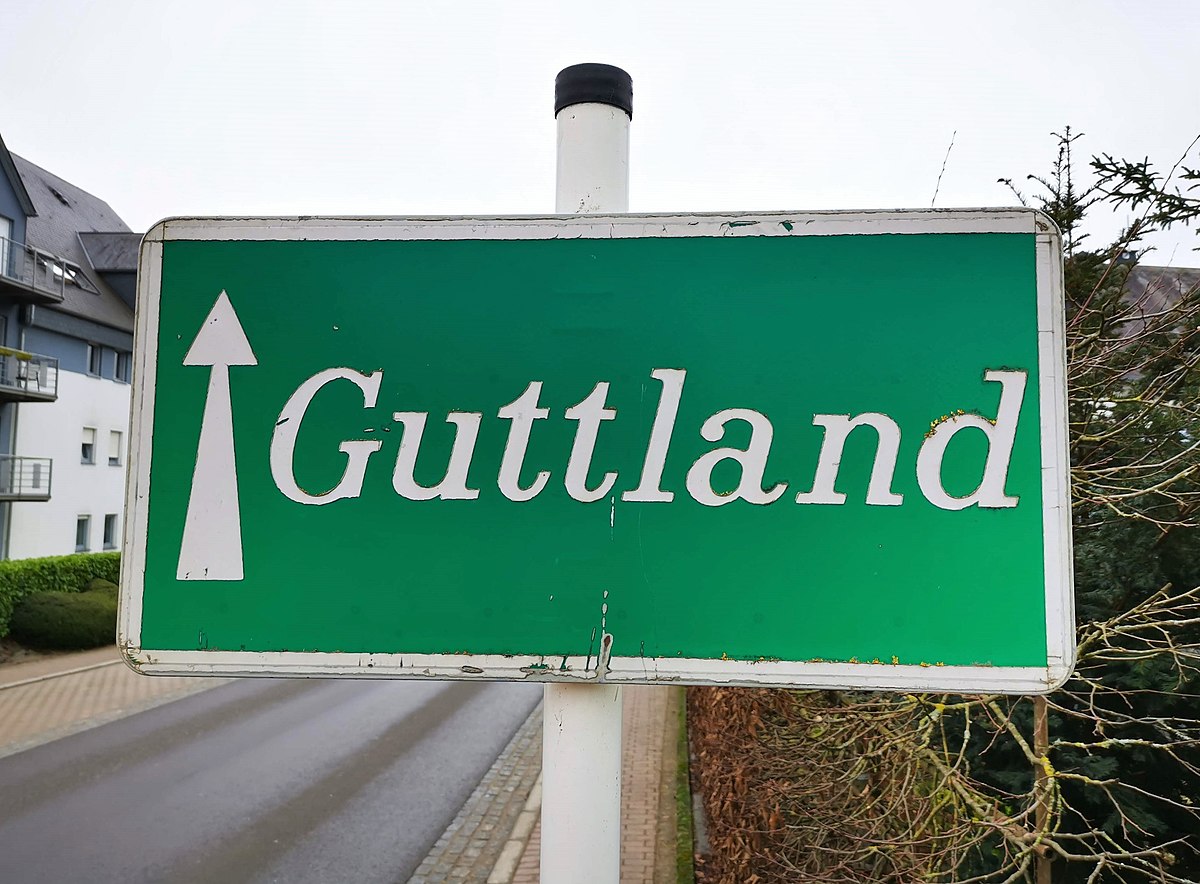
In the centre and west of the country, just outside the capital, lies an enchanting landscape of charming villages, numerous restored farms and country estates, imposing castles and mysterious fortresses, and a succession of beautiful landscapes.
The Guttland region, although it forms the heart of the country, is an oasis of silence and calm. Hundreds of kilometres of cycling and hiking trails wind their way through the unspoilt landscape of this nature and recreation area. The historical heritage is omnipresent, whether in the Valley of the Seven Castles, at the various Gallo-Roman sites or in the rural museums. The Guttland has a perfect symbiosis of ancient and modern, which is reflected in the wide range of innovative and sustainable regional projects.
For more information:
Visit Luxembourg
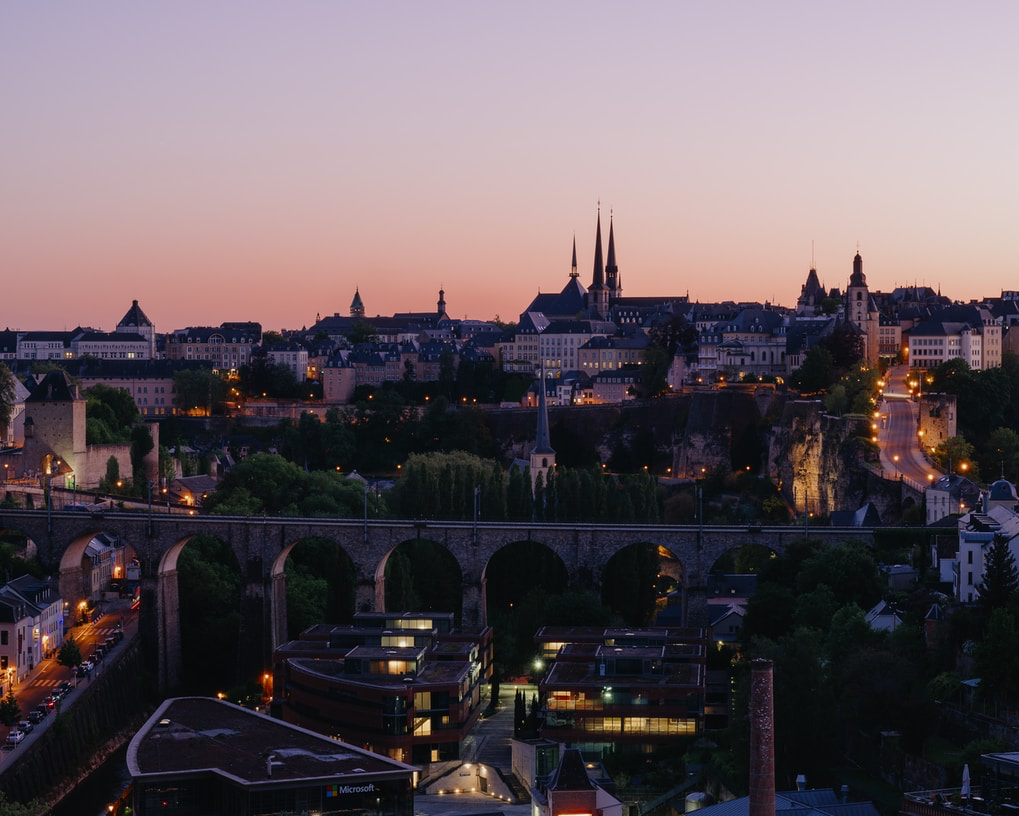
Discover a multicultural city, capital of the Grand Duchy of Luxembourg and seat of many European institutions. Between tradition and modernity, let yourself be surprised by the many tourist sites to visit with its UNESCO World Heritage monuments, museums and squares. Plan your cultural outings thanks to the agenda, which is full of ideas to complete your stay: festivals, exhibitions, theatre, etc.
Nature lovers or budding sportsmen? Discover the regions around Luxembourg City. You can enjoy the different landscapes offered by the natural parks in the north of Luxembourg in the Ardennes region, but also the medieval ruins and the many marked trails for walking or mountain biking throughout the region… The south of the country will let you discover Luxembourg’s industrial history with the Terres Rouges region, and its former steelworks. Are you a wine lover? Discover the Moselle region with its sloping hills and vineyards. Don’t hesitate to stop at a wine estate to taste the different varieties.
Roman Villa
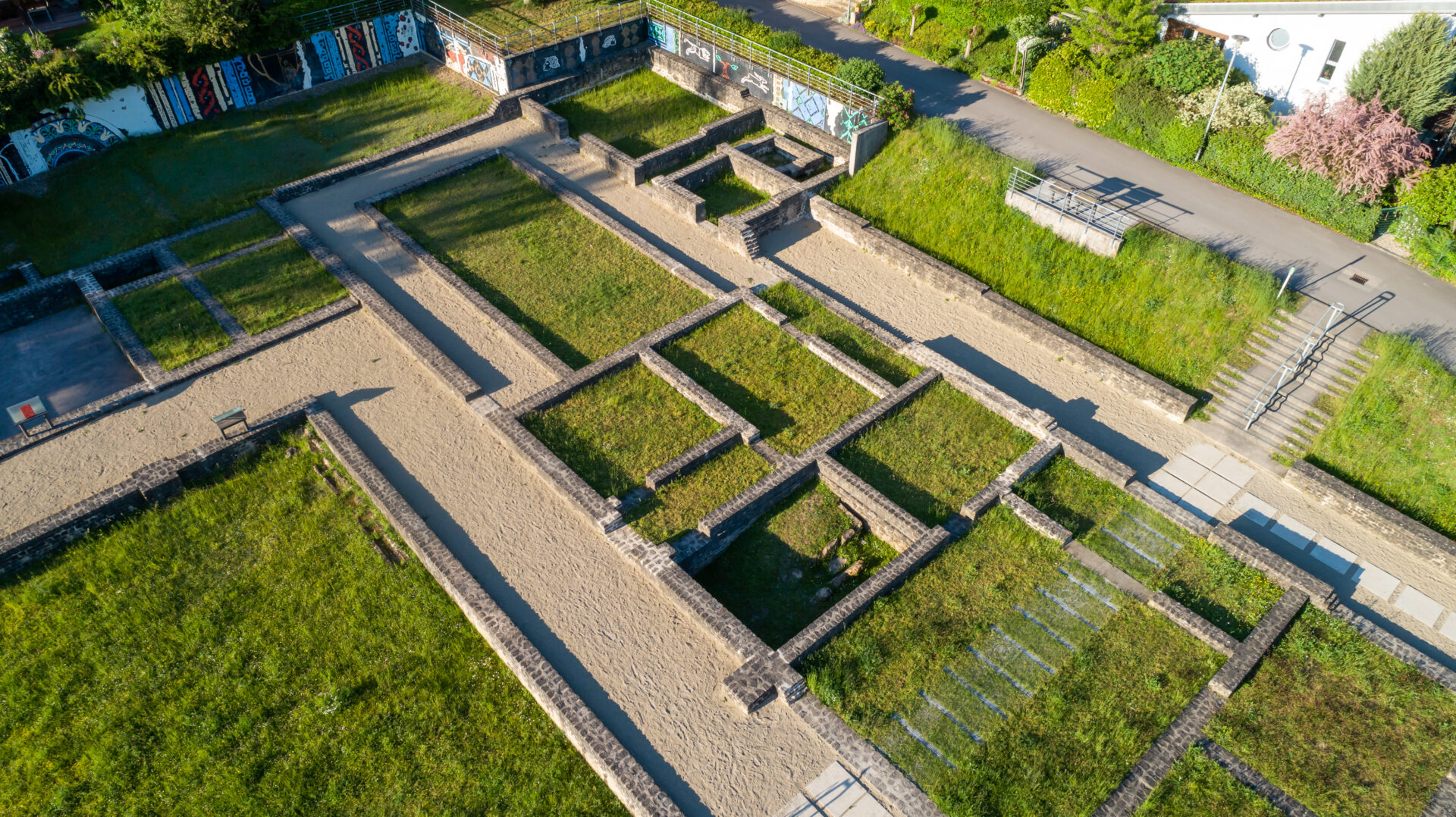
The archaeological site at the foot of the “Sonnebierg” in Helmsange was only recognised in its full extent and significance in the years 1990-1994.
The start of the archaeological research coincided with the start of the preparatory work for the realisation of an ecological housing estate by the Housing Fund.
With a total length of almost 100 metres and a width of more than 50 metres, and with almost 50 different rooms on the ground floor alone, the residence of the Roman villa in Helmsange is a real palace. It is one of a small group of luxury villas in the area. (see map)
The architectural plan of the Helmsange residence corresponds to the common type of Roman dwelling houses in our region, the villa with portico and projecting side wings. The building was occupied for more than three centuries (it was built in the middle of the 1st century) and has been transformed several times.
In addition to a large number of hairpins and various glass necklace beads, the archaeological rarities include a number of bronze rings, including one piece with a name, and about 25 fibulae, some of which are decorated with beautiful enamel inlays. An extraordinary piece is a very beautiful bronze phalanx with a carefully modelled lion’s head.
The excavation yielded more than 400 Roman coins, including a scattered purse of more than 150 coins from the period 260 to 280 AD.
As usual in the excavation of a Roman site, pottery constitutes the major part of the material found. Virtually all types and forms of Roman pottery from the 1st to the 4th century are represented.
One particular feature distinguishes the site at Helmsange from other similar villas. This is the particularly high number of objects belonging to a religious or cult context. The most remarkable piece of this group of objects is a limestone carving, the lower part of a very beautiful stele of deities, probably from the 1st century AD.
Gypsum Mines
The beginnings of the exploitation of the gypsum deposits in Walferdange have never been exactly determined. Most probably, the first settlers, who carried out some kind of construction activity here, were already working on it. In any case, there is little doubt that the Romans, when they settled in the Alzette valley, used gypsum for the construction of their villas.
When the Romans settled in the Alzette valley, they used plaster for the construction of their villas.
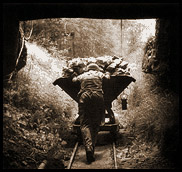
Castle of Walferdange
Visites virtuelles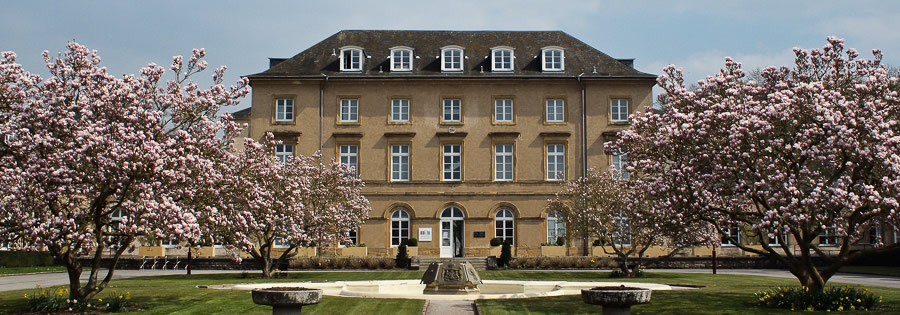
The Walferdange castle changed considerably & constantly over time, both in design, purpose and decoration.
1817 it was conceived as a stud farm by William I of Orange for the King and Grand Duke William I. The Belgian Revolution that broke out in 1830 put an end to that plan and the building remained unoccupied for some ten years.
In 1841, King William II offered to refurbish the premises to create a royal residence for the King/Grand Duke of Luxembourg.
On 5 February, 1850, King William III appointed his brother Henry as the Lieutenant-Representative of Luxembourg. Prince Henry then moved to Walferdange and lived there until his death in 1879.
In 1853, he married Princess Amalia Maria de Saxe Weimar. When she moved to Walferdange Castle shortly thereafter, the inhabitants gave her and her husband a warm welcome. The couple was much loved by the population of Walferdange as proven by many documents, testimonies and anecdotes.
On 2 May 1872, the city of Walferdange and the rest of nation mourned the passing of Princess Amalia.
Six years later, Prince Henri married Princess Marie of Prussia in his second marriage. With her he continues a tradition established 20 years earlier, namely to give Christmas presents to the children of Walferdingen. But at school several children fall ill with measles; the prince is infected by this contagious disease. Three weeks later, he suddenly dies of this childhood disease, which no one could have suspected would have such a fatal outcome.
On 22 January 1879, Prince Henry left Walferdange Castle for the last time. The illustrious prince had lived there for nearly thirty
After Prince Henry’s death, the castle was mainly ignored. Its only use between 1891 and 1905 was as secondary residence for Grand Duke Adolph. During the First World War, children and families evacuated from threatened neighbourhoods in the City of Luxembourg found refuge in Walferdange. In 1930, the Normal Teachers’ School was founded in the castle and operated until 1944.
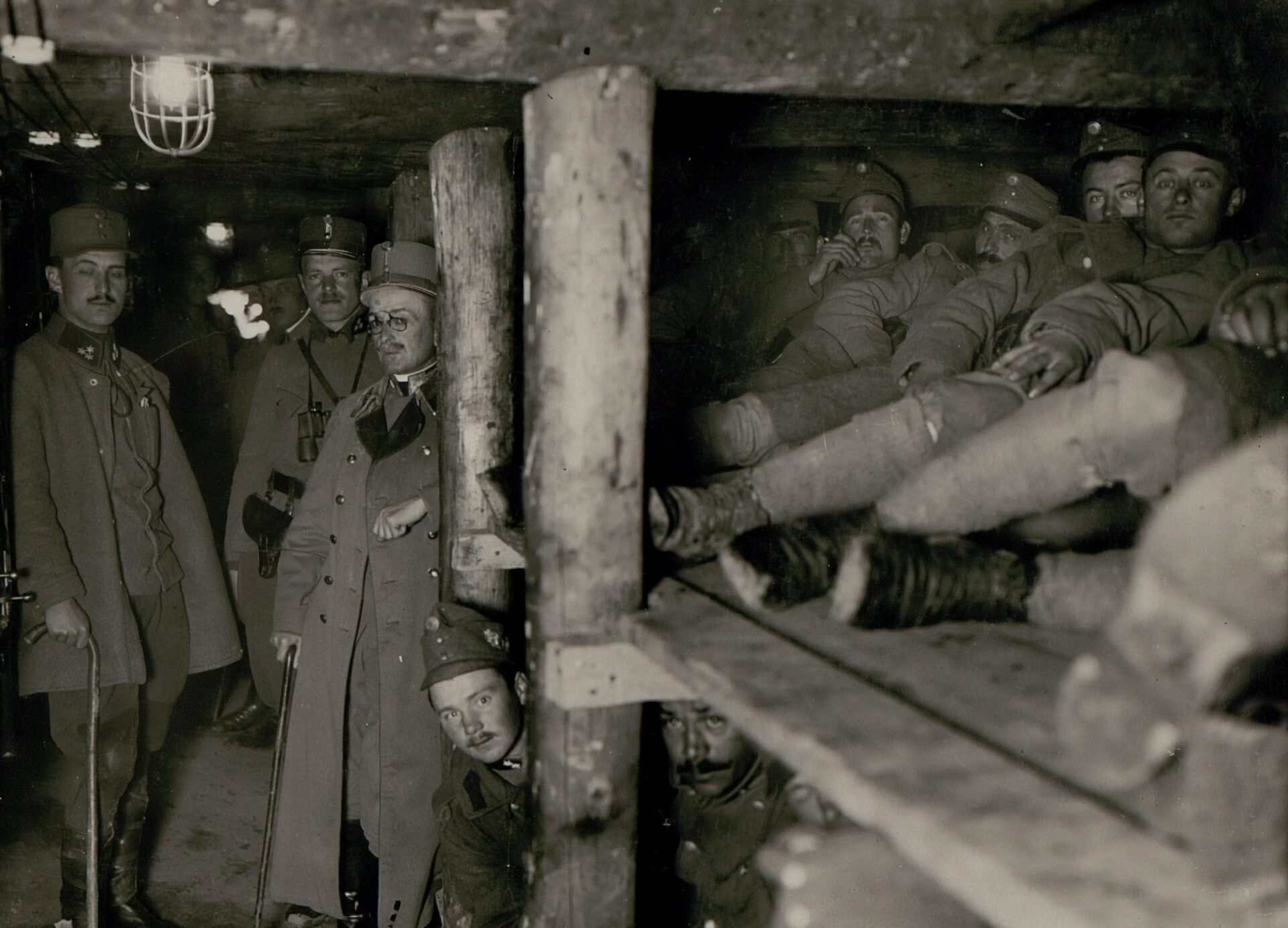
The 2nd World War
Temporarily occupied by American troops at the end of World War 2, the castle was used as barracks by the Luxembourg army from May 1945 to July 1967.
Since then, most of the castle has been used by the the Higher Institute for Educational Study and Research.
In 2003, the buildings of the Walferdange Castle site were transformed and have served as the Walferdange Campus, an annex to the University of Luxembourg created in 2003.
Starting in September 2015, the site was reassigned to the Ministry of National Education, Childhood and Youth, which relocated some of its resource departments and administration there.
